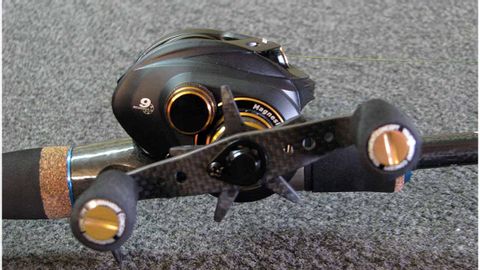ベイトキャスティングの方法|ベイトキャスティングリールの調整方法|釣り用リール (How To Cast A Baitcaster | How To Adjust A Baitcasting Reel | Fishing Reel)
王宸毅 が 2021 年 01 月 14 日 に投稿  この条件に一致する単語はありません
この条件に一致する単語はありませんUS /ˌɡærənˈti/
・
UK /ˌɡærən'ti:/
- v.t.品質保証する;約束する;支払い保証をする;法的保証
- n. (c.)製品保証;保証;担保
- adj.異性愛者;異性愛の;正直で直接的;真っ直ぐな;きちんとした
- adv.率直に;まっすぐに;すぐに
- n.異性愛者
- v.t./i.まっすぐにする
US /ˈpræktɪs/
・
UK /'præktɪs/
- n.仕事;練習すること;慣習
- v.t./i.開業;従う;練習する;実践する
- v.i.重要な位置を占める
- n. (u.)物質
- n.事柄
エネルギーを使用
すべての単語を解除
発音・解説・フィルター機能を解除

